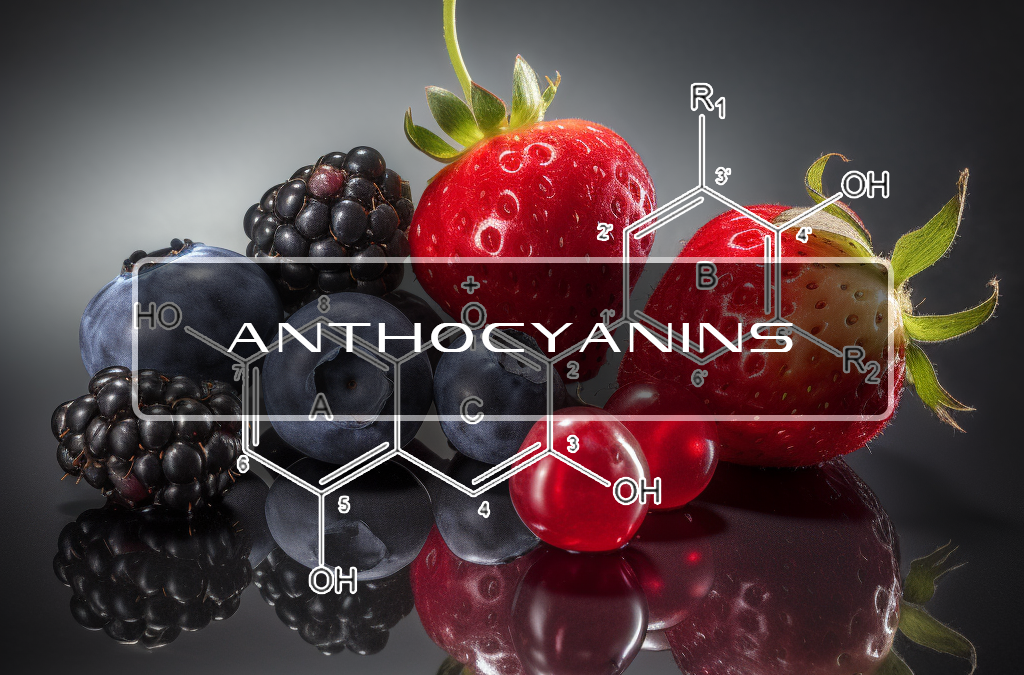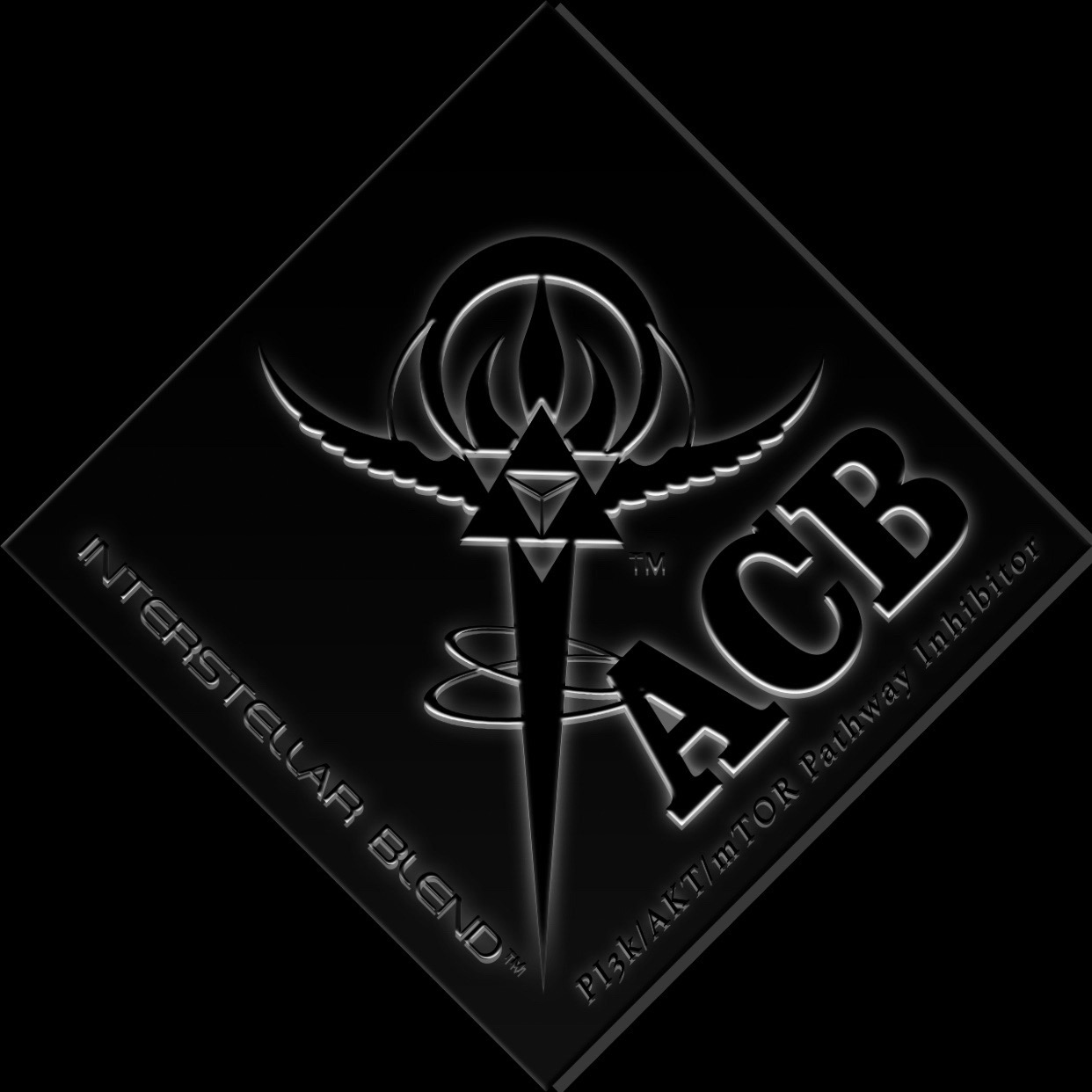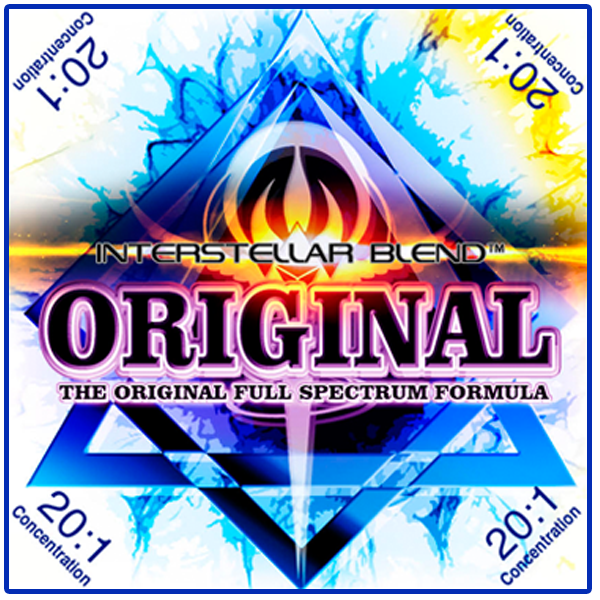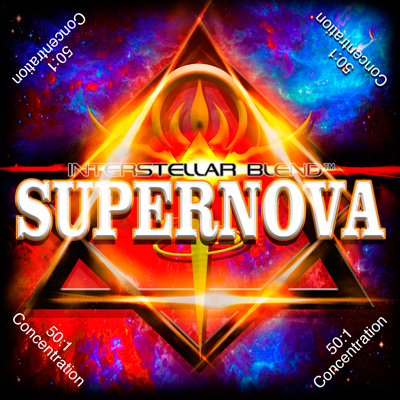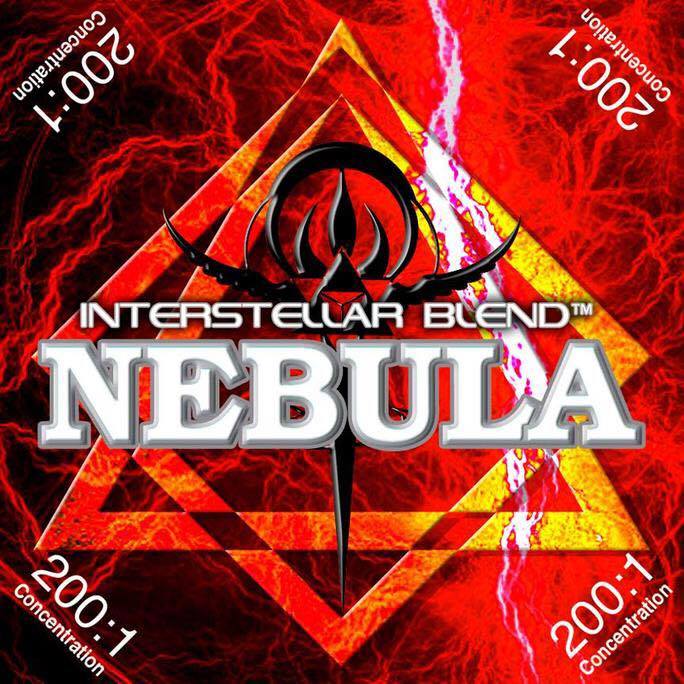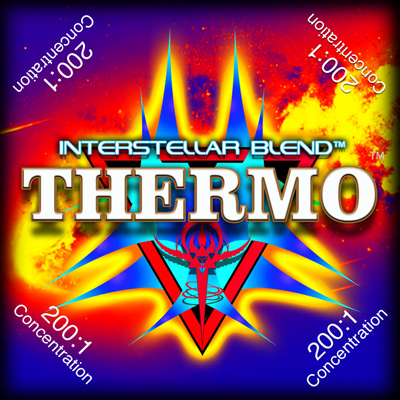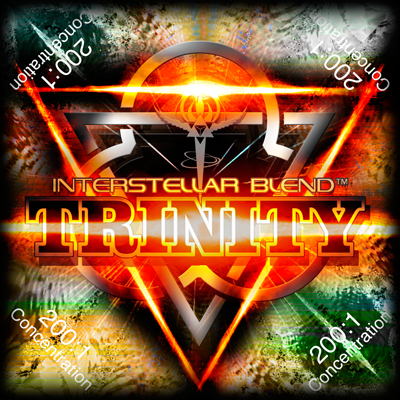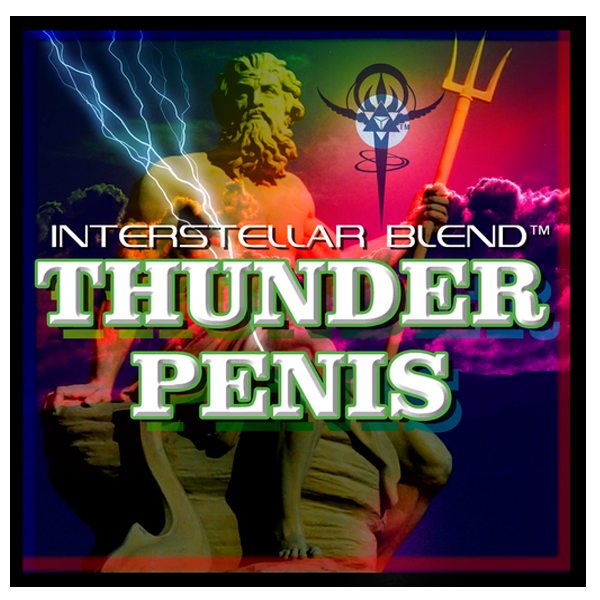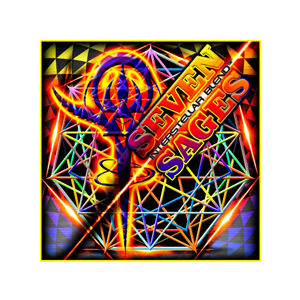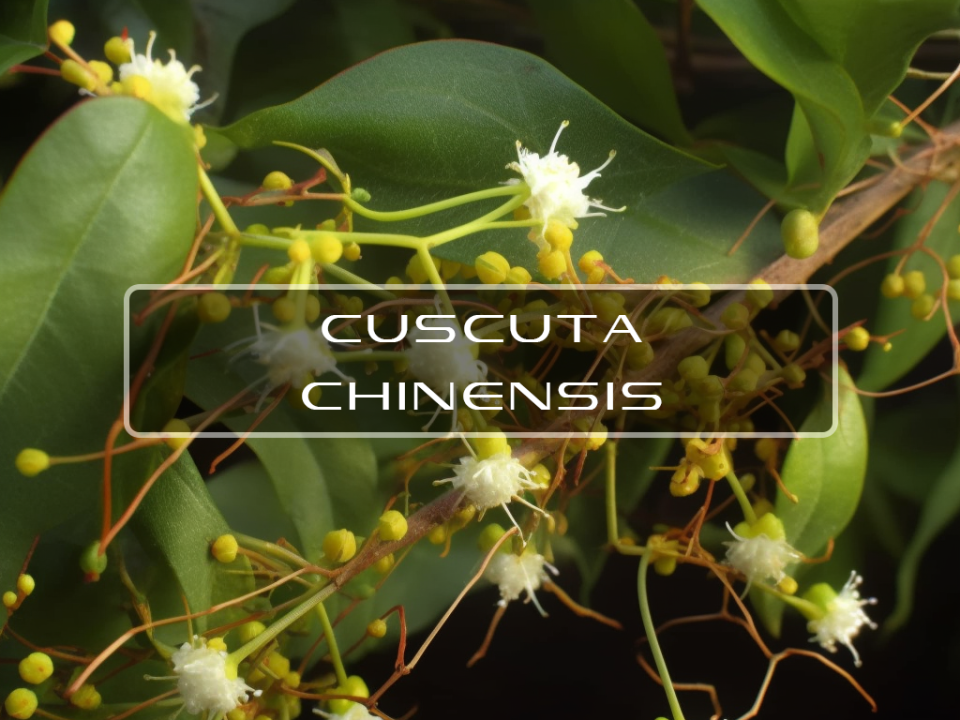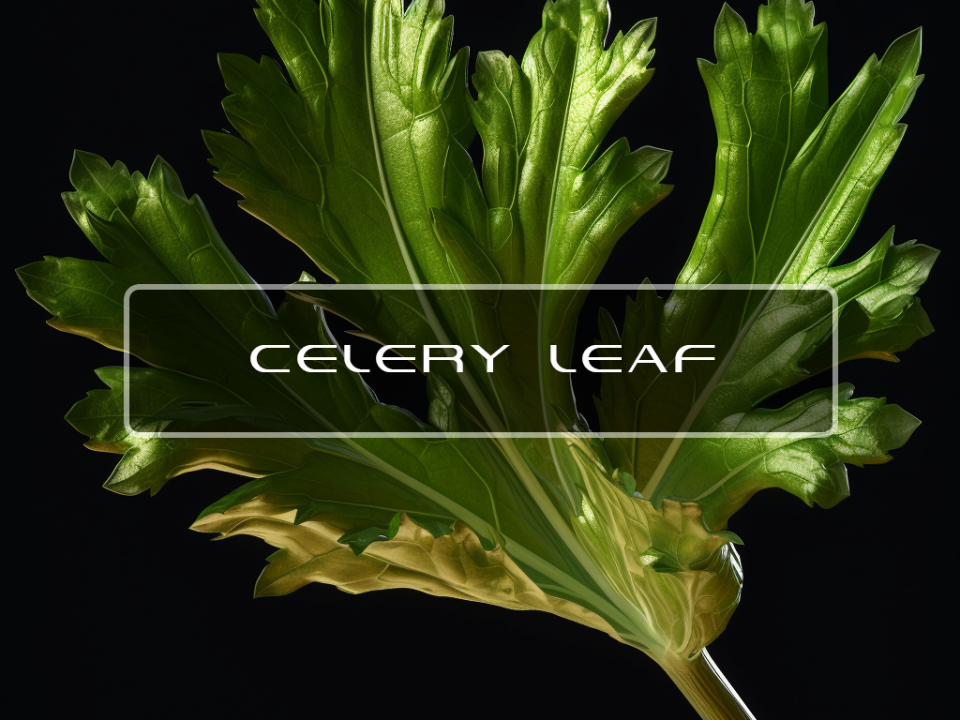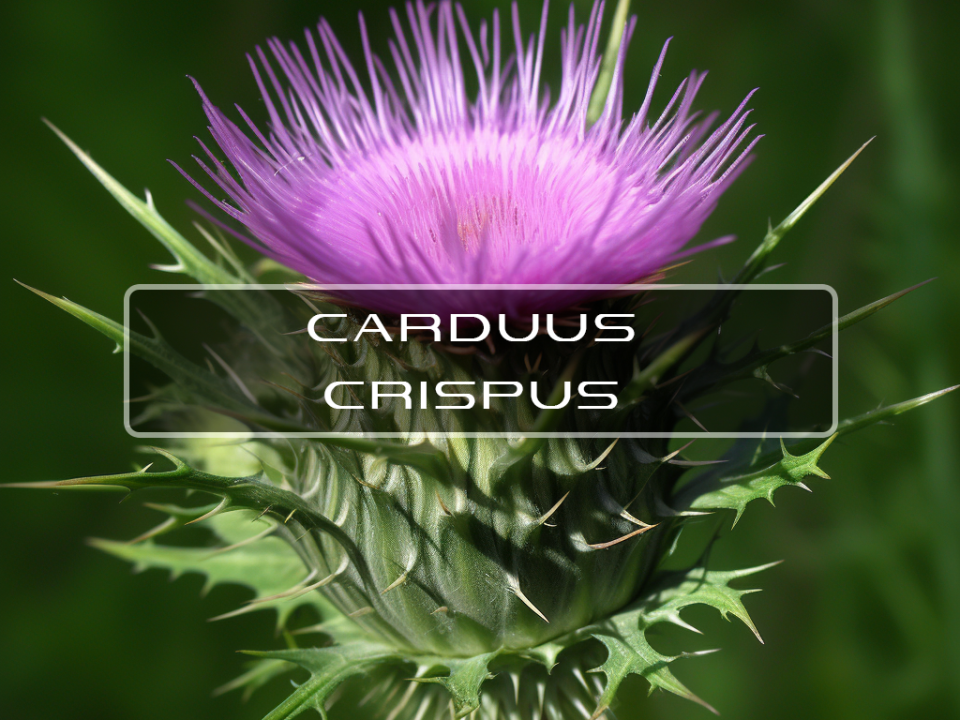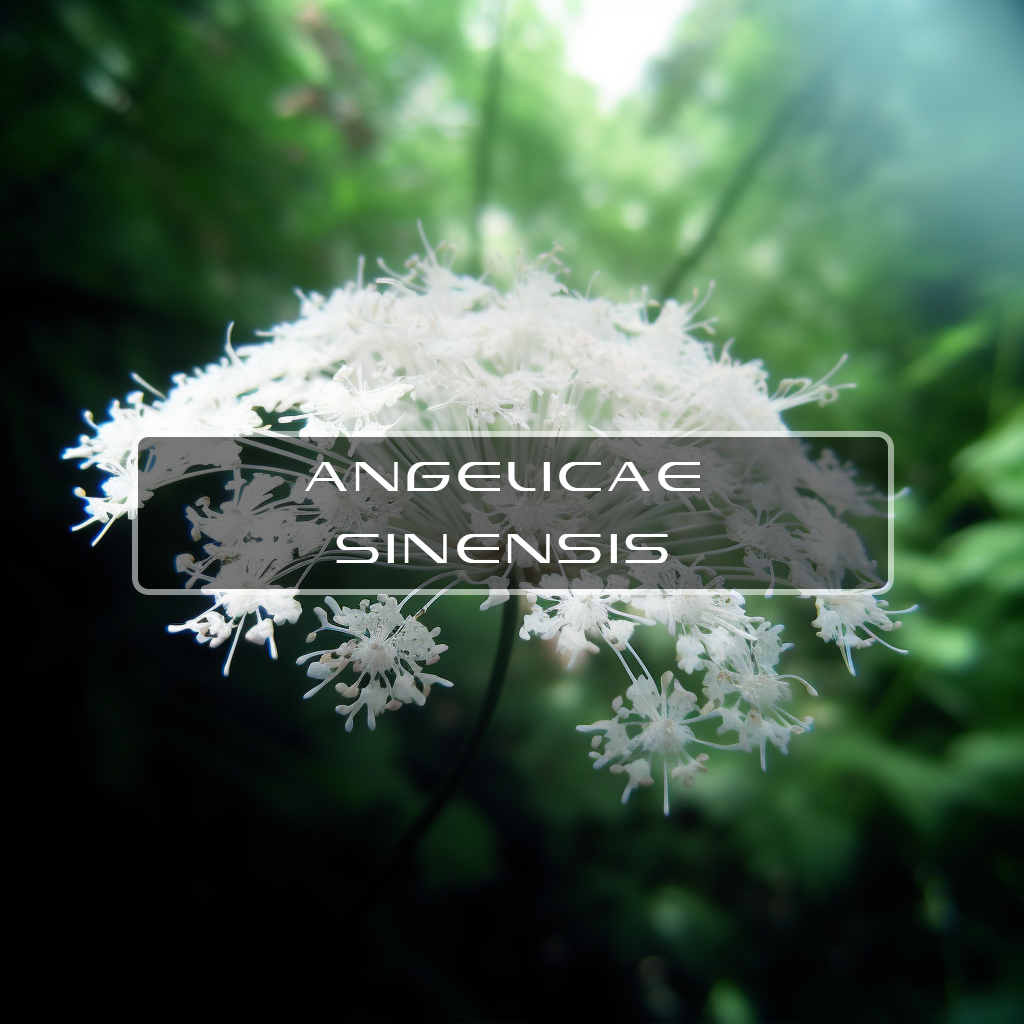
Angelica Sinensis
February 15, 2019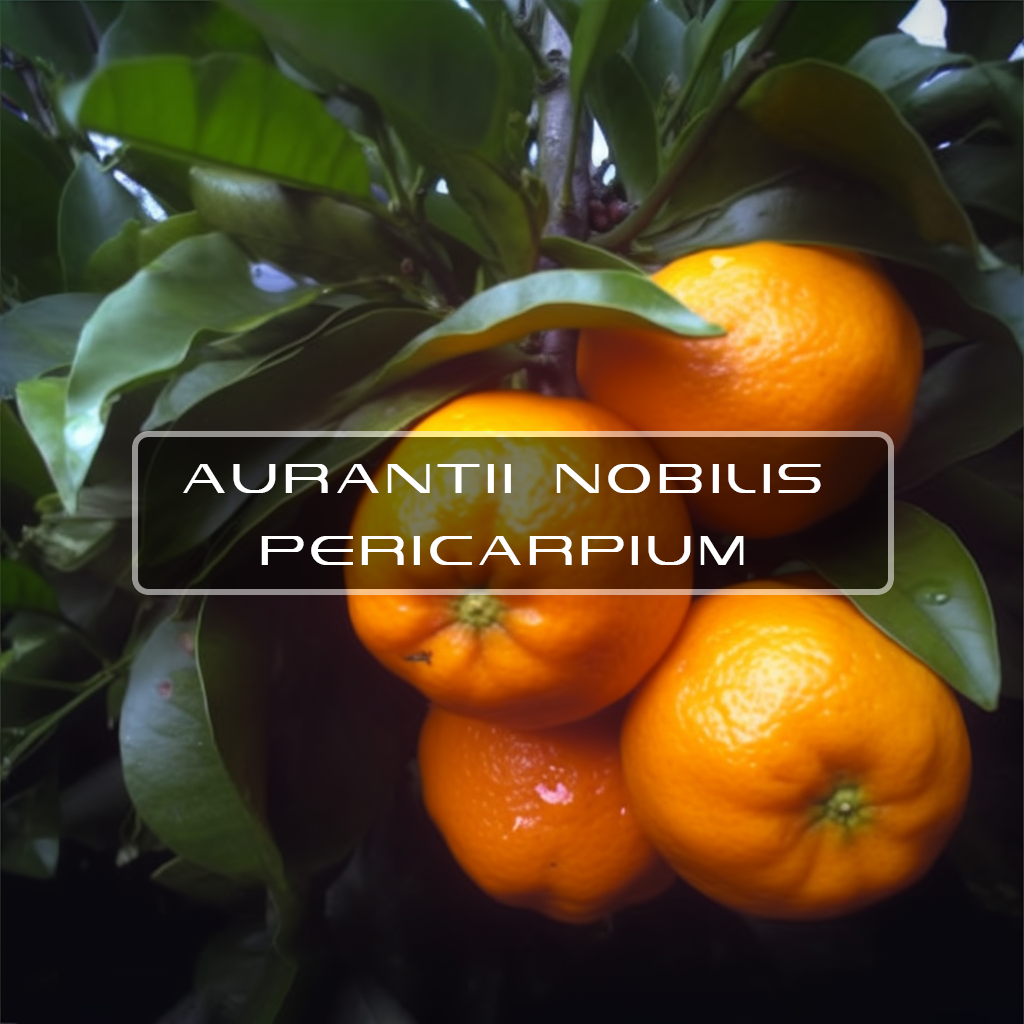
Aurantii Nobilis Pericarpium
February 15, 2019Anthocyanins
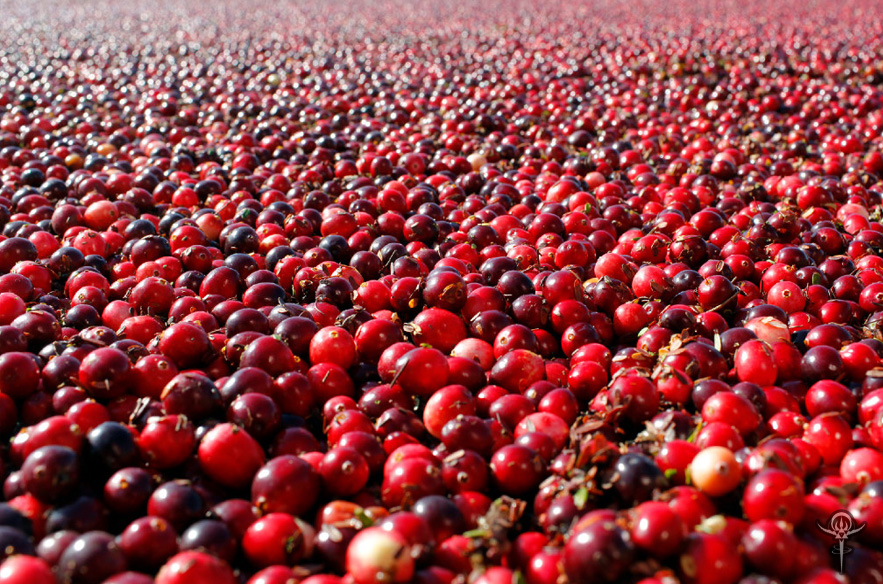
Plants actually produce this compound as a means to protect it self from environmental stresses such as UV lighting drought and cold temperatures.
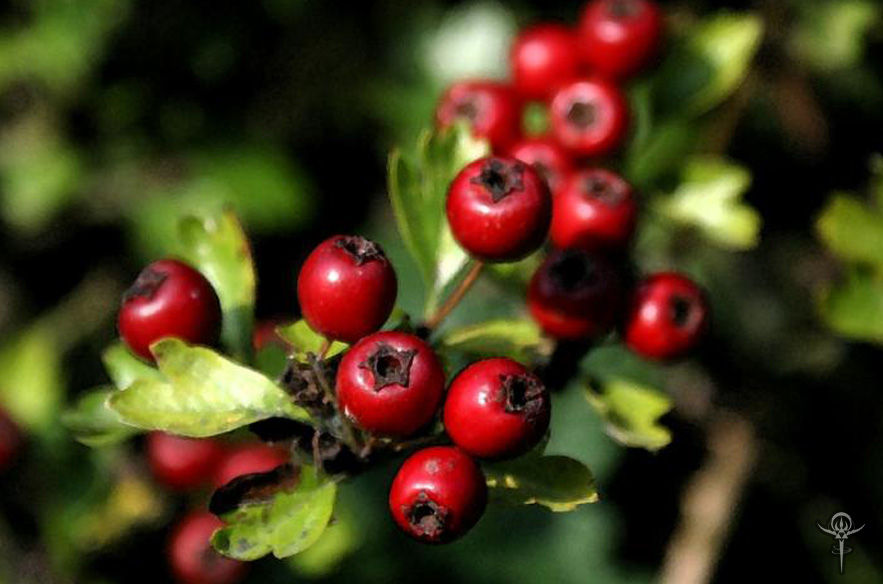
Benefits of Anthocyanins
Future studies aimed at enhancing the absorption of anthocyanins and/or their metabolites are likely to be necessary for their ultimate use for chemoprevention of human cancer.
This review summarizes current knowledge on the various molecular evidences of cancer chemoprevention by anthocyanins. Finally, the bioavailability and structure-activity relationship of anthocyanins are also summarized.
In this review, the latest progress on the anticancer activities of anthocyanins and the underlying molecular mechanisms is summarized using data from basic research in vitro and in vivo, from clinical trials and taking into account theory and practice.
Anti-Diabetic - Published data suggest that anthocyanins may lower blood glucose by improving insulin resistance, protecting β cells, increasing secretion of insulin and reducing digestion of sugars in the small intestine. The mechanisms of action are primarily related to their antioxidant properties, but enzymatic inhibition and other pathways may also be relevant.
Inflammation for Asthma - In the present report, we investigated whether anthocyanins would reduce airway inflammation in a mouse asthma model immunized and challenged with ovalbumin (OVA).
These results suggest that anthocyanins may attenuate the development of asthma by downregulating Th2 cytokines, proinflammatory cytokines, and COX-2. Findings suggest that anthocyanins have positive contributions as a dietary supplement for the prevention of asthma.
Cognitive Function - The effects of purple sweet potato anthocyanin (SPA) and Cordyceps mushroom extract (CME) on lipid peroxidation, 1,1-diphenyl-2-picrylhydrazyl (DPPH) radicals and cognitive deficits were examined.
These results demonstrate that anthocyanin prepared from purple sweet potato exhibits memory enhancing effects, which may be associated with its antioxidant properties.
Alzhiemer's Disease - The aim of this study was to analyze if the pre-administration of anthocyanin on memory and anxiety prevented the effects caused by intracerebroventricular streptozotocin (icv-STZ) administration-induced sporadic dementia of Alzheimer's type (SDAT) in rats.
These findings demonstrated that ANT is able to regulate ion pump activity and cholinergic neurotransmission, as well as being able to enhance memory and act as an anxiolytic compound in animals with SDAT.
Results showed that anthocyanins are potential candidates to treat neurodegenerative disorders like AD.
Results in the study below suggest that the conjugation of dietary polyphenolic compounds with gold nanoparticles, such as anthocyanin-loaded PEG-AuNPs, is a novel approach that may represent an important and promising nanomedicine strategy to prevent age-associated neurodegenerative diseases.
Antioxidant - Anthocyanins are polyphenols with known antioxidant activity which may be responsible for some biological activities including the prevention or lowering the risk of cardiovascular disease, diabetes, arthritis and cancer. Nevertheless such properties, their stability and bioavailability depend on their chemical structure. In the present work a brief review is made on chemical structures, bioavailability and antioxidant/anti-inflammatory of anthocyanins.
Edible berries, a potential source of natural anthocyanin antioxidants, have demonstrated a broad spectrum of biomedical functions. These include cardiovascular disorders, advancing age‐induced oxidative stress, inflammatory responses, and diverse degenerative diseases. Berry anthocyanins also improve neuronal and cognitive brain functions, ocular health as well as protect genomic DNA integrity.
Overall, berry anthocyanins trigger genetic signaling in promoting human health and disease prevention.
Performance Enhancer -The aim of this study was to evaluate the effect of anthocyanin (as one of the most important kind of flavonoids) supplementation on body composition, exercise performance and muscle damage indices in athletes.
Individuals were selected by simple sampling method, they divided into two groups using permuted block randomization method.
Findings suggested that the supplementation with anthocyanin in athletes may improve some indices of performance such as maximal oxygen consumption.
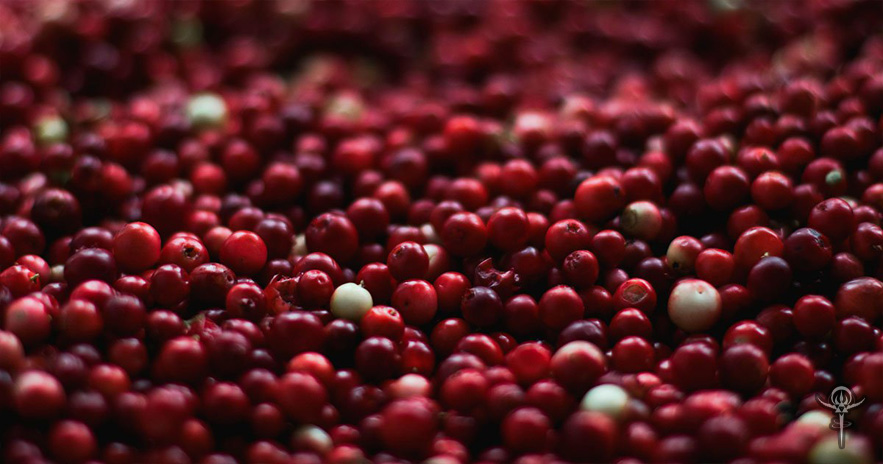
Related Products

